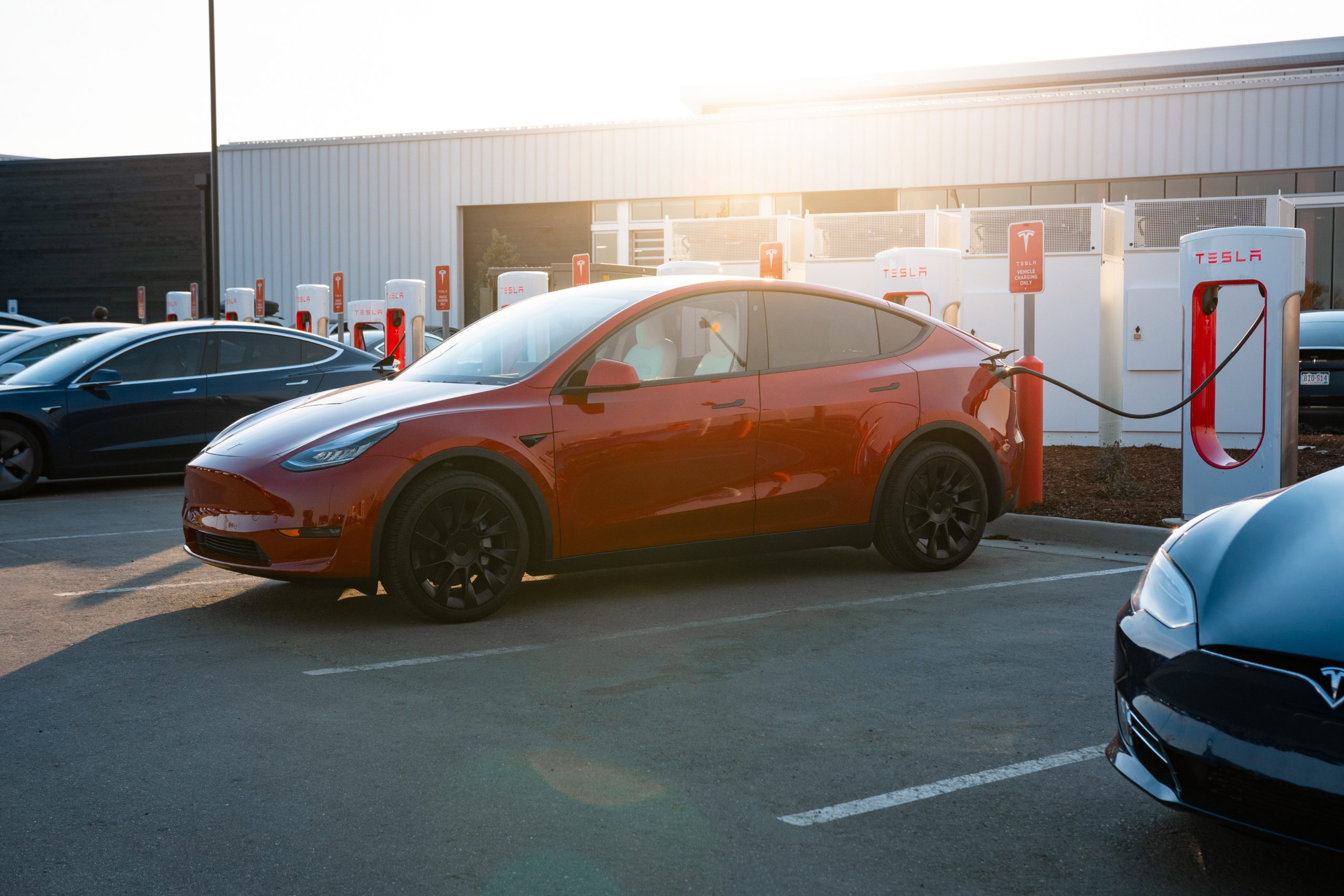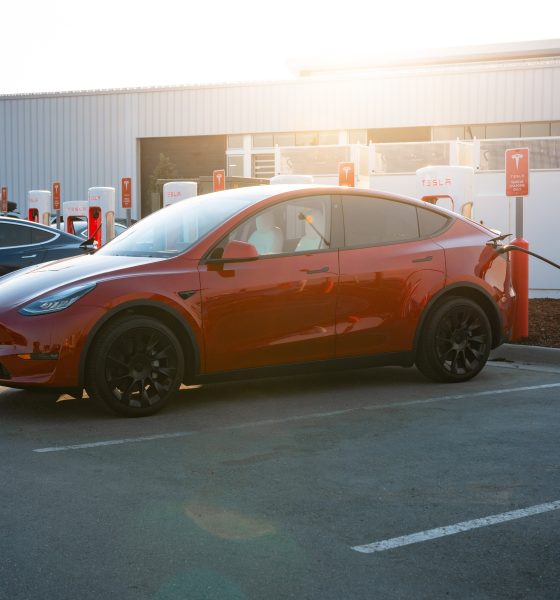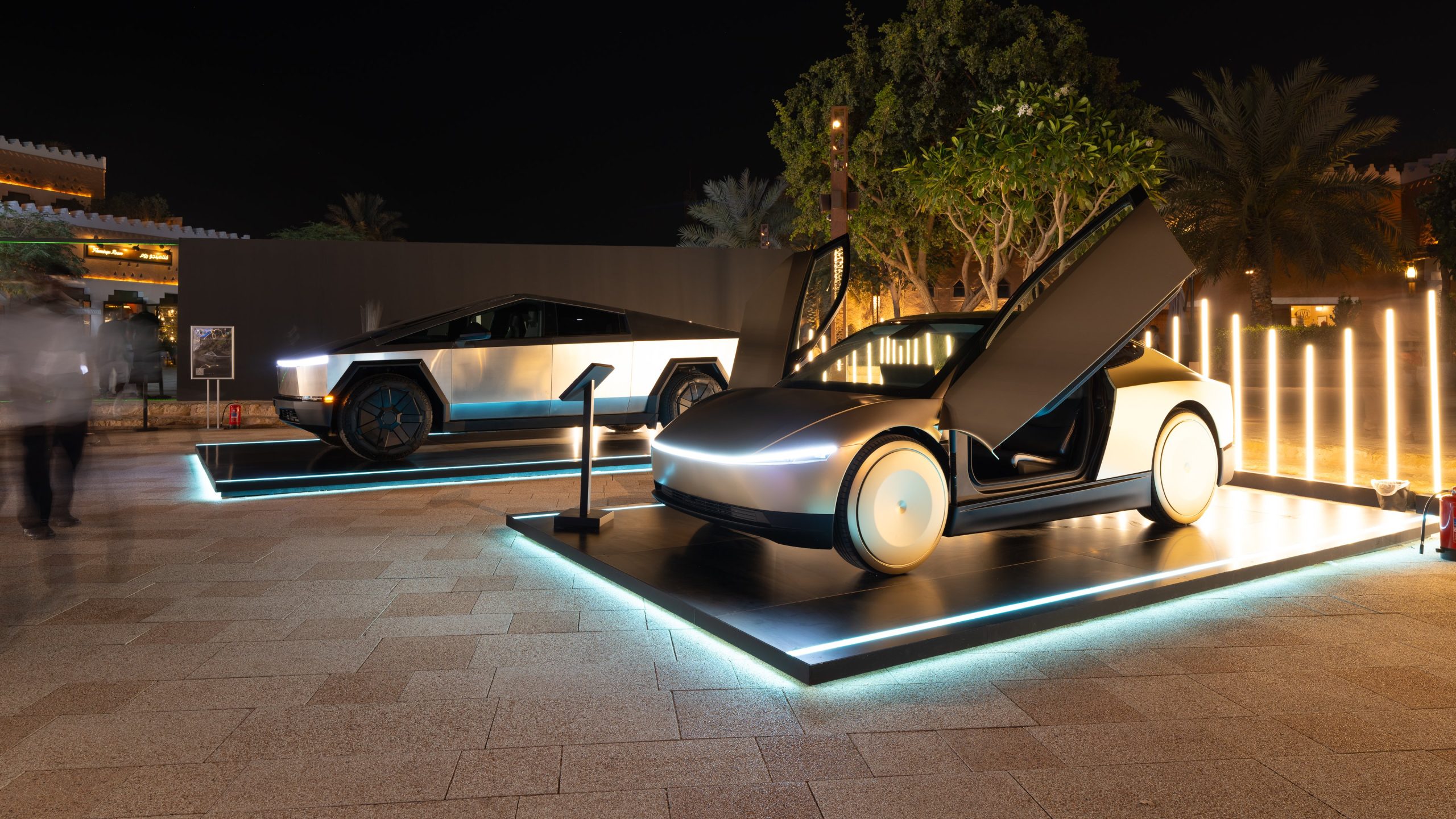

Investor's Corner
OPINION: Analysts miss the mark on Tesla following Q3 Delivery Guidance
This is a preview from our weekly newsletter. Each week I go ‘Beyond the News’ and handcraft a special edition that includes my thoughts on the biggest stories, why it matters, and how it could impact the future.
Tesla is coming off its most successful quarter in company history. The Q3 delivery guidance saw Tesla deliver over 241,000 vehicles for the first time in company history, with production at a slightly lower rate than that. However, despite the bullish outlook for Tesla from a retail investor standpoint, analysts and media continue to miss the mark on the company, believing in their breakdowns that the automaker’s growth story will begin to stagnate. However, Tesla is averting several crises simultaneously, including parts shortages and opening new facilities.
The consistently baffling thing to me as a journalist and reporter that has covered the sector for over two years is that analysts continue to sit on a hill, ready to die on it. Just because they have been outspoken when writing notes regarding their negative outlooks on Tesla stock or deliveries, they are unwilling to admit their wrongs, for the most part. Tesla has continued a growth story that is one of the most impressive in perhaps the long and storied history of the automotive industry.
I’m not an analyst. I did work in finance before I ventured into writing for a career, but I am in no way an analyst or seasoned investor of any kind. However, I do recognize that there are obvious shortcomings in the descriptions of Tesla by some analysts, unwilling to give credit where credit is due. Tesla has been the only car company on Earth that has been able to avert the semiconductor shortage through in-house measures and efforts. Tesla’s software team absolutely killed it with the development and production of microcontrollers that would assist with the company’s efforts to avoid a production stoppage. Yet, despite all of this effort and hard work and dedication by Tesla’s highly talented team of engineers, there is relatively no credit given by analysts apart from Morgan Stanley’s Adam Jonas, who was baffled at the company’s ability to avoid the chip shortage.
Tesla delivers record 241,300 cars in Q3, handily beating consensus estimates
Meanwhile, other automakers like Ford, who have adopted EVs partially with their release of the Mustang Mach-E and eventual releases of the F-150 Lightning and E-Transit van, are experiencing drops in deliveries. Ford had a 23% drop in pickup truck deliveries, despite the F-150 being the most popular truck in the U.S. market. While SUV sales did rise 3.4% compared to Q2, the drop in pickup trucks is evidently a result of the chip shortage, as many manufactured but incomplete pickups sit in lots surrounding the company’s production facilities waiting for chips.
I don’t know this for a fact, but I feel as if mainstream media outlets would be singing the praises of companies like Ford, Chevy, GMC, or Honda if these companies were able to produce chips on their own and avoid the semiconductor issues. I do not necessarily like being accusatory of other media outlets, and I do not like going out of my way to believe that journalists have some kind of inside agenda. I believe all of us have a duty to remain fair and balanced and unbiased. But let’s be honest here, Tesla is not getting the attention or the credit it deserves. The semiconductor shortage is plaguing so many industries, and Tesla is averting it completely, somehow.
Companies are declining while Tesla has already reported eight consecutive profitable quarters, going for its ninth. We will find out if Tesla was profitable in Q3 next week during the Earnings Call on October 20th. However, the ability to conduct such consistent growth through deliveries in somewhat incredible, and I truly believe analysts are doing themselves and their clients a huge disservice by ignoring or avoiding such a tremendous growth story during such a trying time. Many of them will live to regret their decisions, whether it’s paid inside interests or a personal vendetta.
I think there is a reason many analysts with bullish Tesla outlooks are ranked so highly on TipRanks, while those who continue a bearish outlook are ranked tremendously low.
A big thanks to our long-time supporters and new subscribers! Thank you.
I use this newsletter to share my thoughts on what is going on in the Tesla world. If you want to talk to me directly, you can email me or reach me on Twitter. I don’t bite, be sure to reach out!
-Joey

Investor's Corner
SpaceX IPO is coming, CEO Elon Musk confirms
However, it appears Musk is ready for SpaceX to go public, as Ars Technica Senior Space Editor Eric Berger wrote an op-ed that indicated he thought SpaceX would go public soon. Musk replied, basically confirming it.

Elon Musk confirmed through a post on X that a SpaceX initial public offering (IPO) is on the way after hinting at it several times earlier this year.
It also comes one day after Bloomberg reported that SpaceX was aiming for a valuation of $1.5 trillion, adding that it wanted to raise $30 billion.
Musk has been transparent for most of the year that he wanted to try to figure out a way to get Tesla shareholders to invest in SpaceX, giving them access to the stock.
He has also recognized the issues of having a public stock, like litigation exposure, quarterly reporting pressures, and other inconveniences.
However, it appears Musk is ready for SpaceX to go public, as Ars Technica Senior Space Editor Eric Berger wrote an op-ed that indicated he thought SpaceX would go public soon.
Musk replied, basically confirming it:
As usual, Eric is accurate
— Elon Musk (@elonmusk) December 10, 2025
Berger believes the IPO would help support the need for $30 billion or more in capital needed to fund AI integration projects, such as space-based data centers and lunar satellite factories. Musk confirmed recently that SpaceX “will be doing” data centers in orbit.
AI appears to be a “key part” of SpaceX getting to Musk, Berger also wrote. When writing about whether or not Optimus is a viable project and product for the company, he says that none of that matters. Musk thinks it is, and that’s all that matters.
It seems like Musk has certainly mulled something this big for a very long time, and the idea of taking SpaceX public is not just likely; it is necessary for the company to get to Mars.
The details of when SpaceX will finally hit that public status are not known. Many of the reports that came out over the past few days indicate it would happen in 2026, so sooner rather than later.
But there are a lot of things on Musk’s plate early next year, especially with Cybercab production, the potential launch of Unsupervised Full Self-Driving, and the Roadster unveiling, all planned for Q1.
Investor's Corner
Tesla Full Self-Driving statistic impresses Wall Street firm: ‘Very close to unsupervised’
The data shows there was a significant jump in miles traveled between interventions as Tesla transitioned drivers to v14.1 back in October. The FSD Community Tracker saw a jump from 441 miles to over 9,200 miles, the most significant improvement in four years.

Tesla Full Self-Driving performance and statistics continue to impress everyone, from retail investors to Wall Street firms. However, one analyst believes Tesla’s driving suite is “very close” to achieving unsupervised self-driving.
On Tuesday, Piper Sandler analyst Alexander Potter said that Tesla’s recent launch of Full Self-Driving version 14 increased the number of miles traveled between interventions by a drastic margin, based on data compiled by a Full Self-Driving Community Tracker.
🚨 Piper Sandler reiterated its Overweight rating and $500 PT on Tesla $TSLA stock
Analyst Alexander Potter said FSD is near full autonomy and latest versions showed the largest improvement in disengagements, from 440 miles to 9,200 miles between critical interventions pic.twitter.com/u4WCLfZcA9
— TESLARATI (@Teslarati) December 9, 2025
The data shows there was a significant jump in miles traveled between interventions as Tesla transitioned drivers to v14.1 back in October. The FSD Community Tracker saw a jump from 441 miles to over 9,200 miles, the most significant improvement in four years.
Interestingly, there was a slight dip in the miles traveled between interventions with the release of v14.2. Piper Sandler said investor interest in FSD has increased.
Full Self-Driving has displayed several improvements with v14, including the introduction of Arrival Options that allow specific parking situations to be chosen by the driver prior to arriving at the destination. Owners can choose from Street Parking, Parking Garages, Parking Lots, Chargers, and Driveways.
Additionally, the overall improvements in performance from v13 have been evident through smoother operation, fewer mistakes during routine operation, and a more refined decision-making process.
Early versions of v14 exhibited stuttering and brake stabbing, but Tesla did a great job of confronting the issue and eliminating it altogether with the release of v14.2.
Tesla CEO Elon Musk also recently stated that the current v14.2 FSD suite is also less restrictive with drivers looking at their phones, which has caused some controversy within the community.
Although we tested it and found there were fewer nudges by the driver monitoring system to push eyes back to the road, we still would not recommend it due to laws and regulations.
Tesla Full Self-Driving v14.2.1 texting and driving: we tested it
With that being said, FSD is improving significantly with each larger rollout, and Musk believes the final piece of the puzzle will be unveiled with FSD v14.3, which could come later this year or early in 2026.
Piper Sandler reaffirmed its $500 price target on Tesla shares, as well as its ‘Overweight’ rating.
Investor's Corner
Tesla gets price target boost, but it’s not all sunshine and rainbows

Tesla received a price target boost from Morgan Stanley, according to a new note on Monday morning, but there is some considerable caution also being communicated over the next year or so.
Morgan Stanley analyst Andrew Percoco took over Tesla coverage for the firm from longtime bull Adam Jonas, who appears to be focusing on embodied AI stocks and no longer automotive.
Percoco took over and immediately adjusted the price target for Tesla from $410 to $425, and changed its rating on shares from ‘Overweight’ to ‘Equal Weight.’
Percoco said he believes Tesla is the leading company in terms of electric vehicles, manufacturing, renewable energy, and real-world AI, so it deserves a premium valuation. However, he admits the high expectations for the company could provide for a “choppy trading environment” for the next year.
He wrote:
“However, high expectations on the latter have brought the stock closer to fair valuation. While it is well understood that Tesla is more than an auto manufacturer, we expect a choppy trading environment for the TSLA shares over the next 12 months, as we see downside to estimates, while the catalysts for its non-auto businesses appear priced at current levels.”
Percoco also added that if market cap hurdles are achieved, Morgan Stanley would reduce its price target by 7 percent.
Perhaps the biggest change with Percoco taking over the analysis for Jonas is how he will determine the value of each individual project. For example, he believes Optimus is worth about $60 per share of equity value.
He went on to describe the potential value of Full Self-Driving, highlighting its importance to the Tesla valuation:
“Full Self Driving (FSD) is the crown jewel of Tesla’s auto business; we believe that its leading-edge personal autonomous driving offering is a real game changer, and will remain a significant competitive advantage over its EV and non-EV peers. As Tesla continues to improve its platform with increased levels of autonomy (i.e., hands-off, eyes-off), it will revolutionize the personal driving experience. It remains to be seen if others will be able to keep pace.”
Additionally, Percoco outlined both bear and bull cases for the stock. He believes $860 per share, “which could be in play in the next 12 months if Tesla manages through the EV-downturn,” while also scaling Robotaxi, executing on unsupervised FSD, and scaling Optimus, is in play for the bull case.
Will Tesla thrive without the EV tax credit? Five reasons why they might
Meanwhile, the bear case is placed at $145 per share, and “assumes greater competition and margin pressure across all business lines, embedding zero value for humanoids, slowing the growth curve for Tesla’s robotaxi fleet to reflect regulatory challenges in scaling a vision-only perception stack, and lowering market share and margin profile for the autos and energy businesses.”
Currently, Tesla shares are trading at around $441.








